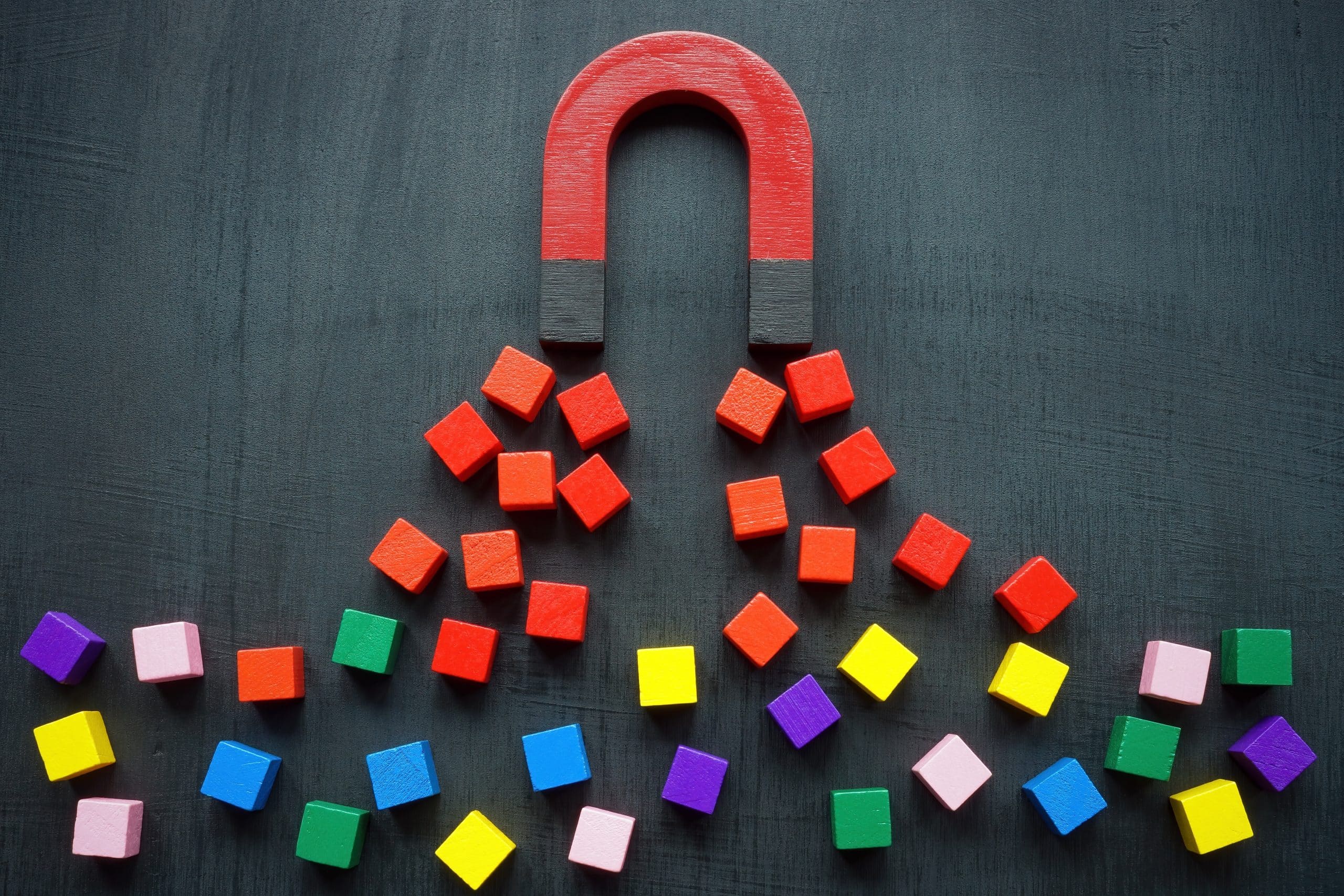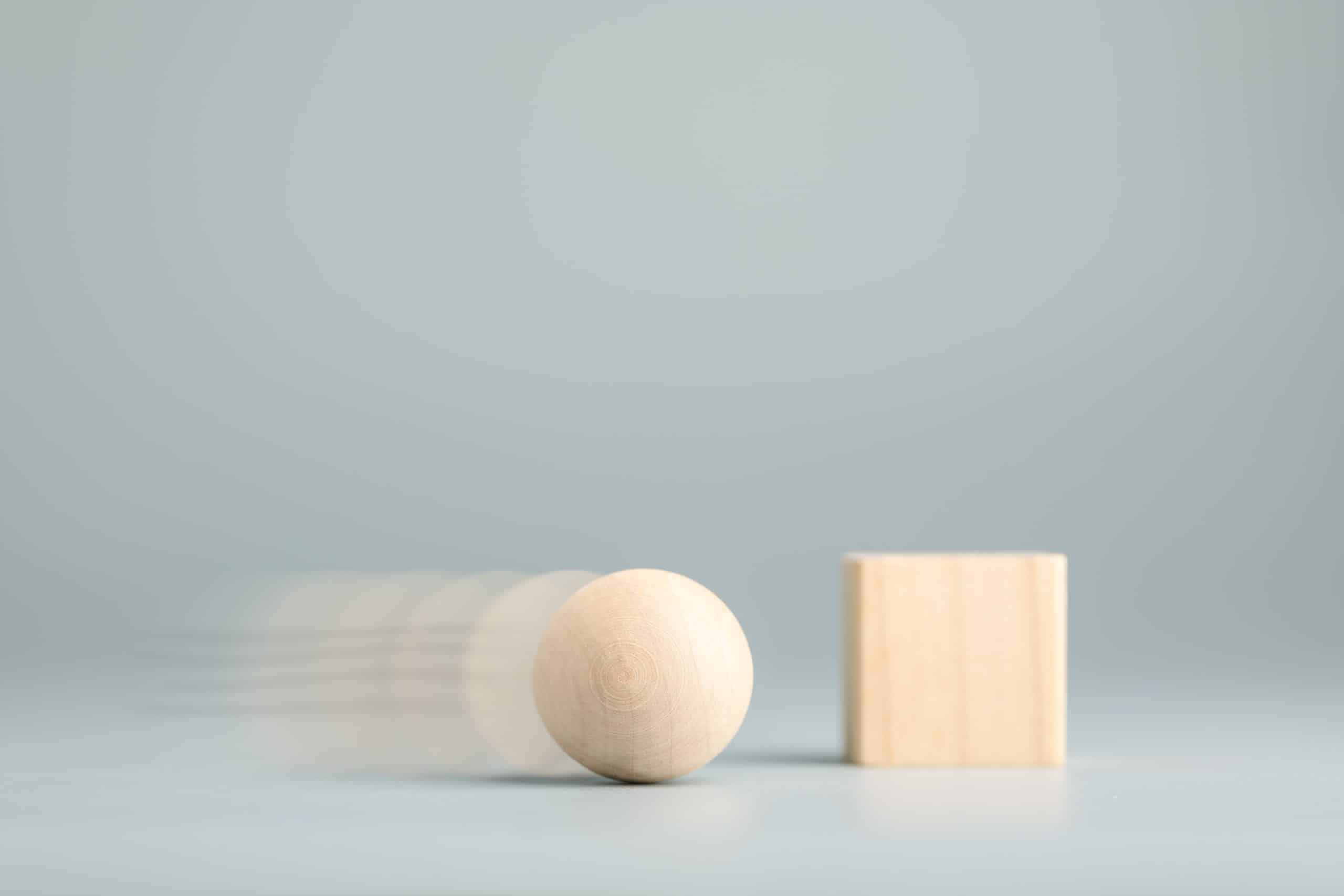- What Is Customer Acquisition?
- What Is Customer Acquisition vs. Marketing?
- The Customer Acquisition Funnel
- Digital Acquisition Channels
- How to Develop a Customer Acquisition Strategy
- How Do You Measure Customer Acquisition (Key Metrics)?
- How to Calculate Customer Acquisition Cost (CAC)
- Key Takeaways
- Frequently Asked Questions (FAQs)
Getting a good grasp on customer acquisition is important, whether you’re running an established business or managing brand new marketing and advertising campaigns. In this article, I’ll break down what customer acquisition is, the best channels to optimize the acquisition, how to measure its success, and best practices to increase conversion.
What Is Customer Acquisition?
In the simplest terms, customer acquisition is the process of getting new customers to buy your product or use your service. It includes everything involved in convincing prospects to make that leap from being interested onlookers to actual paying customers. It’s not just about making that initial sale, though — it’s about creating a relationship through top-of-funnel and bottom-of-funnel practices that can lead to those customers coming back again and again.
What Is Customer Acquisition vs. Marketing?
Marketing and customer acquisition are not the same, even if they’re integrated pretty closely. Marketing is the broader umbrella that includes all kinds of strategies to promote a business — think advertising, content creation, and social media buzz. Customer acquisition, on the other hand, is laser-focused on just gaining new customers. It’s a targeted mission within the marketing universe. You can think of marketing as the whole party, and customer acquisition as the dance floor where the magic happens.
Leverage extensive first-party and unmatched targeting capabilities to acquire new customers. Realize what's yours.
The Customer Acquisition Funnel
Now, let’s talk about the customer acquisition funnel. This tool helps visualize and understand the journey potential customers go through, from first hearing about you to becoming a loyal fan. Here’s how it breaks down:
Awareness
This is where people first learn about your brand. They see your ads, read your blog posts, or hear about you through word-of-mouth. We call this stage “top-of-funnel” (or TOFU for short), as it’s where you initially attract a wide range of potential customers to your business. This first phase of the customer journey has the primary objective of raising awareness, establishing trust, and generating leads.
Interest
Once your future customer has heard about you, they might get intrigued and look for more info, like reading articles on your website, watching review videos of your product on YouTube, or checking out your social media.
Consideration
At this point, customers are evaluating their options, comparing your offerings with competitors to find the best value. This is the middle-to-bottom-of-funnel stage, where your company aims to whittle down a wide pool of prospects into converting customers. In this stage, you might present case studies and testimonials to highlight real-life successes, offer product demonstrations and free trials for the customer to experience your product firsthand, provide detailed information, or present a limited-time discount to create urgency. Together, these elements effectively engage and convert leads heading toward the final stages of the buying journey.
Conversion
This is the moment! The conversion stage in customer acquisition is when potential leads turn into paying customers by taking specific actions, such as making a purchase, subscribing to a service, or booking an appointment. This phase emphasizes finalizing the sale and providing a seamless, positive transaction experience.
Retention
Post-purchase, the goal is to keep customers happy so they return for more and spread the word with others. This might involve good customer service, following up with your customer, and registering them in loyalty programs.
Why Each Stage Matters
Each part of the funnel is significant, and depending on where potential customers are in their decision-making process, you can adjust your strategies. For example, if they’re stuck in the interest phase, you might want to produce engaging content that answers their burning questions. By understanding the stages of this funnel, you can create targeted strategies to help effectively guide potential customers toward conversion.
Digital Acquisition Channels
Today’s digital landscape has a smorgasbord of channels to help with customer acquisition, from social media and email to how-to vids. The most effective channels will depend on your target market, resources, and overall strategy.
Social Media
Places like Facebook, Instagram, YouTube, and TikTok are goldmines for connection. Create eye-catching posts, run ads, and collaborate with influencers to get the word out. Social media also creates brand awareness and deepens the connection with your current audience.
Search Engine Marketing (SEM)
Getting your business in front of potential customers when they search online is a biggie. Investing in pay-per-click (PPC) ads can put you at the top of search results, making it easier for customers to find you.
Content Marketing
Content marketing is all about creating and sharing helpful, relevant, and consistent content to grab the attention of a specific audience and keep them engaged. By providing informative and entertaining content, businesses can build trust and establish authority in their industry. Create valuable content that answers questions and provides solutions for your target audience. Think blogs, videos, or even how-to guides. It not only attracts attention but also builds trust in your brand.
Organic Search/SEO
The goal of search engine optimization (SEO) is to position your content at the top of the search results to grab attention. To effectively use organic search, you need to invest in SEO, correctly identifying and utilizing appropriate keywords and following on-page and off-page SEO best practices to help your content rank higher. Tools like Semrush and Ahrefs can help you optimize your content.
Email Marketing
Don’t underestimate the power of a well-crafted email. Building an email list makes it easier to convert leads into customers, and email marketing is still a highly effective way to engage with customers and promote valuable content, product updates, discounts, and events. Whether sending a birthday greeting or a special promotion, email creates a direct connection to their inbox, cutting through the noise of social media and search engines. Grow your list with an enticing freebie or discount, and send tailored messages to reconnect with prospects and nudge them toward conversion.
How to Develop a Customer Acquisition Strategy
Understand Your Target Audience
The initial step is to define your ideal customer clearly. Consider their interests and the specific challenges they are seeking to address. Developing detailed buyer personas can significantly enhance the precision of your messaging.
Select Appropriate Channels
It’s essential to determine which digital channels are frequented by your target audience. Whether it’s Instagram, email, or TikTok, focusing on the right platforms will optimize your outreach and engagement efforts.
Establish Clear Objectives
Define what constitutes success for your organization. Your goals may include increasing website traffic by a specific percentage, or acquiring a predetermined number of new customers each month. Establishing measurable objectives will maintain your focus and direction.
Engage in Continuous Testing and Refinement
Ongoing testing is vital in developing an effective strategy. Experiment with various approaches and monitor performance closely. Studying your analytics will provide insights into which strategies are effective and which require modification, allowing for continuous improvement.
How Do You Measure Customer Acquisition (Key Metrics)?
Here are a few key metrics you’ll want to keep a close eye on:
- Conversion rate: This tells you how many of your prospects actually turn into customers. Simple, but essential!
- Customer acquisition cost (CAC): This is what you’re spending to acquire each new customer.
- Return on investment (ROI): Look at how much revenue you’re bringing in against what you’re spending on customer acquisition efforts.
How to Calculate Customer Acquisition Cost (CAC)
Calculating CAC is pretty straightforward:
- Total Costs: Add up all your marketing and sales expenses over a given period (think advertising, salaries, software tools, etc.).
- New Customers: Now divide those costs by the number of new customers you got in that same timeframe.
For example, if you spent $10,000 and acquired 100 new customers, that means your CAC is $100. This helps you evaluate how efficiently you’re bringing in new business.
Key Takeaways
Customer acquisition is crucial for growing your business and gaining a competitive edge. By understanding the customer acquisition funnel, effective digital channels, and creating a solid strategy, you can successfully attract and retain customers. Don’t forget to measure your efforts and keep refining your approach for the best results.
Frequently Asked Questions (FAQs)
How does customer acquisition differ from customer retention?
Customer acquisition is all about getting new customers, while customer retention is focused on keeping those existing customers happy and coming back for more. Both are important, but require different marketing strategies to meet the customer where they’re at.
What are the best customer acquisition strategies for startups?
Startups can shine by using low-cost strategies like social media outreach, content marketing, and partnerships with other businesses. Building an email list early can also be a game-changer, so create an enticing freebie that requires email registration.
Which channels drive the best customer acquisition results?
Test out different channels to see what works best for you, as each industry has different acquisition channel strengths and weaknesses. Many businesses find success on social media, through SEO, and by using email marketing.
What are the best tools for optimizing customer acquisition funnels?
There are tons of helpful tools out there. Performance advertising platforms like Realize are especially helpful for optimizing the consideration and conversion stages of your customer acquisition journey, while Google Analytics will help you acquire and analyze the data from your web pages and content funnels, and Hootsuite can help you monitor your social media performance so you can adjust your strategies as needed.



